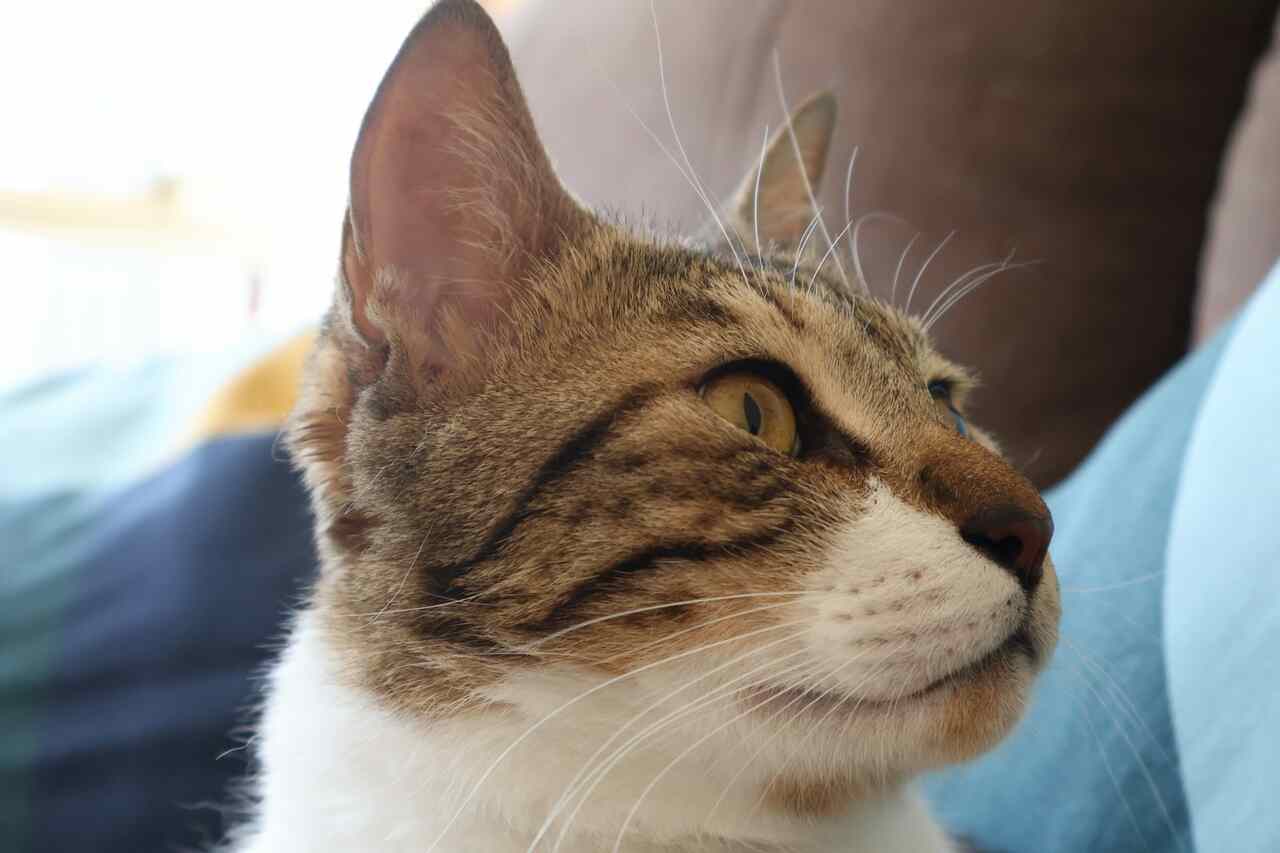
Cats are experts at hiding their pain. Because of this, it’s very difficult for scientists to study conditions like osteoarthritis or other causes of chronic pain in felines.
+ Japanese island says its cats will be extinct in the coming years; understand
+ Hilarious video: you’ve never seen cats as destructive as these
This typically feline behavior made brain scans necessary to diagnose their conditions, but few cats tolerated the set of electrodes needed to be attached to their heads.
Instead, the cats often had to be heavily sedated for the procedure, which revealed very little about how they felt while they were conscious. With this in mind, Canadian researchers devised an unusual method to study cats’ health.
Aude Castel, assistant professor of veterinary medicine at the University of Montreal who helped lead the study, explained that the team needed a new method to attach the electrodes to the cats’ heads all at once and ensure they stayed in place.
In humans, the same brain monitoring procedure, called electroencephalogram (EEG), often uses a cap that keeps all the sensors in place. “If we can do this with humans, why can’t we do it with cats?” she told The Star website.
That’s when Aliénor Delsart, a Ph.D. student and lead author of the study published in the Journal of Neuroscience Methods, accidentally came across a YouTube tutorial on how to make a crochet cap for cats.
Another student in her lab started knitting the hats, in which ten gold-plated EEG electrodes were embedded. Over the next two weeks, the team trained 11 cats, each with osteoarthritis, to get accustomed to the caps.
Then, the animals were housed in environmentally controlled rooms, equipped with perches, beds, scratching posts, and toys, and they were given treats and affection for tolerating their new accessories.
So, when it was time for testing, the cats remained calm and relaxed during the experiments. “Some even fell asleep during the recording, as if they didn’t care at all about what we were doing,” Castel said.
However, it’s worth noting that the method is not perfect. Castel explained that the cats involved in the study were older, and this may have contributed to their cooperation. She fears that a younger and more energetic cat might not accept the procedure as well.
Furthermore, EEG measurements were sensitive to movement, she explained, which could distort the results. Since the electrodes were very sensitive, they could also pick up other electrical activities in the room, like cell phone signals.
Even so, they believe their findings have far-reaching implications for veterinary care in the future. “We want to show how we used this technique to learn more about chronic pain and how it can be modulated. I think this could be a huge shift in how we approach pain in cats in the near future.”
This content was created with AI assistance

